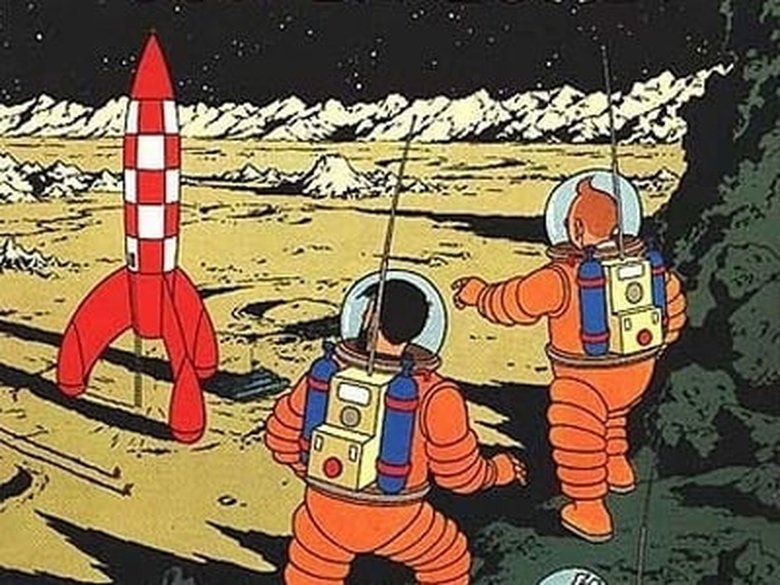

However this meant that Tintin would randomly have adventures (the ones set before "Crab With the Golden Claws") without Haddock and Calculus that seems oddly jarring. They started out with "The Crab With the Golden Claws", "The Secret of the Unicorn", and "Red Rhackham's Treasure" introducing Tintin's main supporting players like the Thompsons, Captain Haddock and Professor Calculus.
#THE ADVENTURES OF TINTIN SEASON 1 SERIES#

For instance, in Tintin in America, Bobby Smiles becomes Al Capone's main henchman - in the comic book, he is Capone's enemy in the Mob War.Adaptation Deviation: The series is notable for largely averting this, more closely following the comic books' plots than the 1960s Belvision adaptations, although there are still some occasional changes.The animated version on the other hand is such a simpering crybaby that it is frankly amazing that Bab El Ehr hadn't managed to overthrow him already. The comic book version of the Emir did sometimes get emotional about things regarding his son, but was otherwise a guy who you definitely wouldn't want to mess with. Adaptational Wimp: Emir Ben Kalish Ezab suffered from this.In the animated version, he doesn't need to because the doctor himself is a member of the gang. Adaptational Villainy: In the comic, the Fakir steals Tintin's letter from the doctor to the asylum staff and replaces it with orders to lock Tintin up.In the comic book, the agent who does so is unrelated to Mitsuhirato (he simply snuck in and out) Adaptational Heroism: The series turned Mitsuhirato's manservant into a Son of the Dragon who infiltrated the drug trafficking gang and saves Tintin from being injected with the Rajaijah (poison of madness).Adaptation Personality Change: Haddock's alcoholism is greatly downplayed compared to the comic books due to the constraints of a cartoon for children, and he stops drinking after his debut episode.

In the adaptation, he already knows their hideout is in India because he read a letter in the colonel's office. Adaptational Explanation: In the Cigars of the Pharaoh comic book, Tintin coincidentally crash-landed outside the Indian town where the gang's headquarters are located, without even knowing it was in India.This is due to the episodes not being produced in the same order as the comic books. Adaptational Early Appearance: Allan Thompson shows up in the Cigars of the Pharaoh episode whereas he appeared a few albums later in the comic books for the first time, namely in The Crab with the Golden Claws.In the book, he simply leaves America and returns home. Adaptational Alternate Ending: Tintin in America ends with Tintin finishing his report, before getting a phone call about an unknown situation and leaving to solve it.The Adventures of Tintin provides examples of: Not to be confused with The Adventures of Tintin, the 2011 motion capture film directed by Steven Spielberg.


 0 kommentar(er)
0 kommentar(er)
